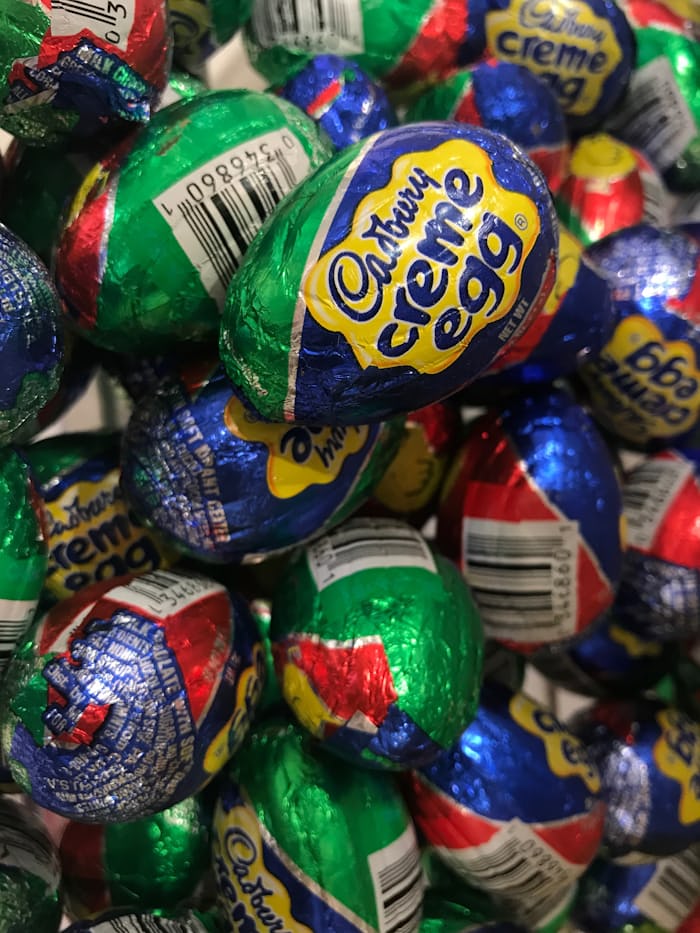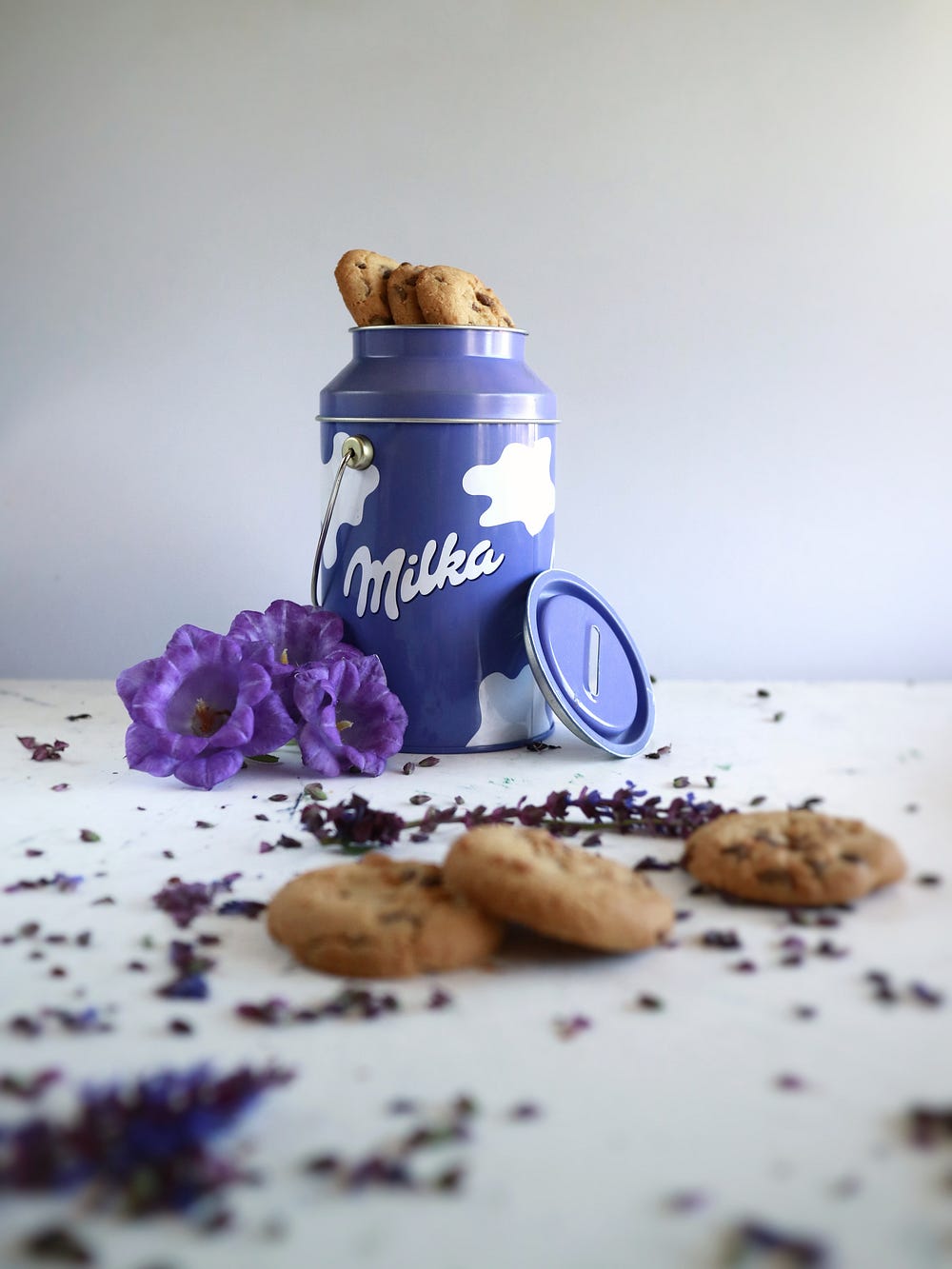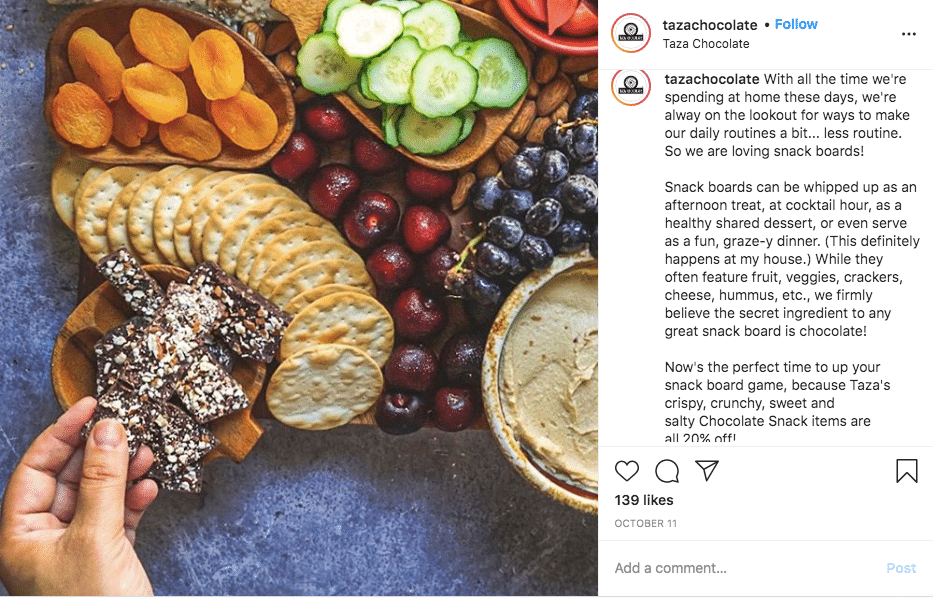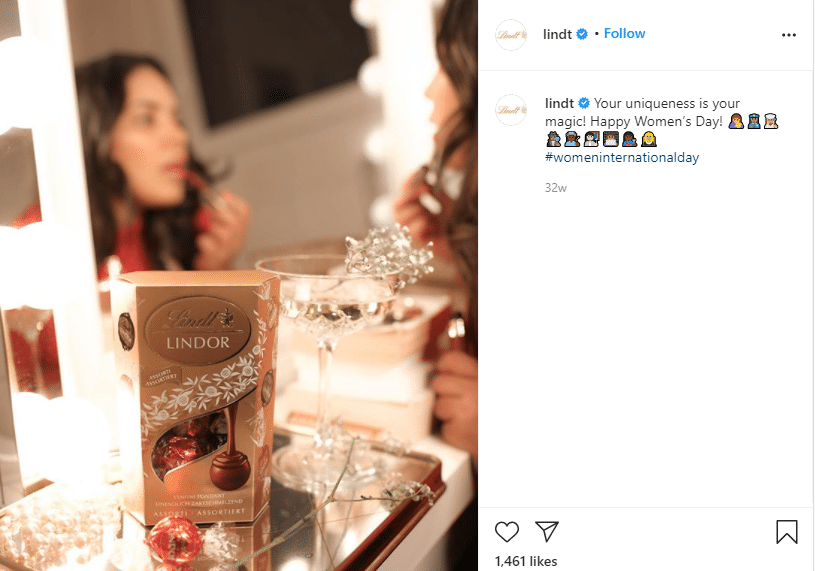Food Marketing: Promote Your Chocolate Business with These 6 Delicious Tips
Your delicious chocolate will leave a lasting impression on chocolate lovers with these marketing strategies.
Welcome to our food marketing article on chocolates.
There are already over more than a hundred companies selling chocolate. What’s more, globalization and capitalism are taking over every part of the world, making it possible for people anywhere in the world to buy internationally known chocolates. Why in the world would anyone suddenly decide to buy unheard-of chocolate made by you?
We don’t mean to sound intimidating. It’s just that the truth is, there is a lot of competition for those wishing to sell their chocolate brand today. Take for example that these days, a lot of people are health-conscious, yet their love for chocolate persists (hint: these people purchase dark chocolate).
Hence, if your chocolate brand only offers milk chocolate, or worse, low quality dark chocolate, don’t expect to achieve what Lindt or Hershey’s has. In other words, you have no choice but to step up the quality of your chocolate itself (not just your marketing) in order to be successful.
Nevertheless, great food marketing helps. The question, therefore, is this: What does it mean to have a great marketing strategy in the global confectionery market?
Here are our top 6 amazing tips when marketing for your chocolate business:
1. Settle on a brand image, brand personality, and target customer

Kinder’s Schoko-Bons are delightful and evoke great memories.
The truth is, each chocolate brand has its own identity. There is something uniquely heartwarming about a KitKat or a Cadbury chocolate bar, and something about the Mars chocolate bar reminds us of fun times in life. What about Ferrero Rocher and Godiva? They trigger memories of being rewarded by a loved one or of expensive holidays where those chocolates might have been served or purchased.
Similarly, your chocolate should evoke particular emotions in people, reminding them of something they cherish yet do not have enough of. For example, grown-ups cherish the idea of being as free as a child but are caught up in the stresses of adult life. Kinder Chocolate’s decision to place a picture of a cheerful child on their packaging makes the idea of living life like a kid seem more possible, thus drawing adults in.
In short, be sure to put effort into thinking about your brand personality. What set of human characteristics do you attribute to your brand? What about your brand would consumers be able to relate to? Which set of traits would you consistently employ when speaking to your target audience? Answers to these questions are synonymous with your brand personality.
At the end of the day, your customers should associate your brand with the best things in life: Educational and positive experiences, family, fun and relaxing moments, self-acceptance, freedom, music, nature, or simply the joy of having a sweet tooth. The views your customers have of your chocolate brand should definitely consist of these wonderful elements. In case you haven’t noticed, such is the definition of brand image: the views people have of your brand; what they associate your brand with.
Having a target audience also helps market your brand. Clearly, Ferrero Rocher and Godiva target people with more money, and Patchi targets people who want more options (like cheesecake, cotton candy, and peanut butter). It’s fair to say that Green & Black’s and Taza have dark chocolate aficionados as their target audience. Targeting women is a good idea since women do eat more chocolate than men, although the difference is not that significant. When advocating for your chocolate brand to a women audience, put emphasis on how light and guilt-free yet pleasurable your chocolate is. Focusing on themes of empowerment also works when marketing chocolate to women.
Another amazing strategy is to reach out to your target audience even more at specific times. The idea is to create an occasion for people to enjoy your chocolate:
- Ferrero Rocher and Lindt = Christmas
- KitKat = Break time
- Patchi = Eid Mubarak (Patchi Eid Mubarak Gift Box)
In fact, take the opportunity of any occasion or celebration to celebrate both the occasion and your brand itself. The following lovely photo produced by Lindt is a great example of how showing appreciation and positive vibes towards your audience (in this case, women) can help increase not just brand awareness but brand love.
It’s never too late to speak out about your brand (chocolate business). Just choose an occasion—it could even be an occasion of celebrating birthdays in June, promoting your brand as a summer treat.
2. Creative food marketing ideas that are hard to miss

Packaging designs just as wonderful as the variety of chocolates offered.
There’s a reason why Guylian’s pralines are hard to miss—they are the only chocolates in the shape of seashells! Similarly, the Swiss chocolate brand Toblerone has a pyramid shape no other chocolate has. Ferrero Rocher’s gold foil wrapper and individual sticker make their brand feel luxurious.
Offering something special could also mean that you offer a wide variety of flavors, presenting customers with a larger variety of chocolate flavors than other brands, as Ritter Sport does.
3. Focus on your packaging

Whatever the version, all Cadbury products have an air of refinement. Product Packaging matters a lot if you’re a chocolate business.
Aside from the material you use to wrap your chocolates, the color of the wrapper itself is important, as it reflects your brand’s values and more importantly, tells people how to feel about your brand. If Ferrero values luxury and if Cadbury feels sophisticated, what will the color you choose for your brand’s wrapper make people feel about your brand?
If your brand is about producing sustainable chocolate and being kind to each other and to nature, perhaps green is your color. If you’re a premium chocolate brand, an elegant shade of black might suit your brand image well. Read more about the importance of thinking about color in branding.
4. Have a nut selection
Many other snacks are being offered besides chocolate these days—like ready-made popcorn and chocolate wafers for example. The emergence of a variety of non-chocolate snacks may be due to businesses trying to appeal to people “looking for healthy alternatives to confectionery”. Of course, there’s the option of producing dark chocolate.
But it really seems like these products are here to stay, which might make it difficult for those focusing on just chocolate to grow. Thus, as a chocolate business, try tapping into local health trends, such as by adding nuts to your chocolate. There is a lot of evidence that nuts are healthy. Hazelnuts and almonds work well, as testified by Milka’s popularity.
5. Expand your offerings

Unlike other brands, Milka cleverly expanded to cookies.
Like the American company Mondelēz International that produces Milka, you could create chocolate that has a layer of biscuit inside it. Similarly, Cadbury in Malaysia collaborated with ChipsMore to create a unique chocolate flavor. Hence, your chocolate business could similarly innovate by incorporating unique Malaysian cookies or biscuits into chocolate bars—who’s up for some pineapple tart flavored chocolates or kuih bangkit pieces in white chocolate?
6. Demonstrate that you are a healthy brand

Notice the phrase “as a healthy shared dessert”.
People tend to develop negative perceptions about a food product very quickly, so you’d want to be upfront about the ingredients that come into making your chocolate. In addition, create content and share personal stories about your health-conscious chocolate brand to inspire your audience to experience eating your chocolate by themselves. Encouraging your audience to live stress-free by eating dark chocolate also works, and there is indeed evidence that dark chocolate is able to lower stress levels.
Besides that, make sure your chocolate veers more towards the healthy than the decadent side. Healthy chocolate, by definition, has higher cacao to sugar ratio, fewer additives and preservatives, and not such a long list of ingredients (a simpler recipe). And if possible, don’t process your cocoa with alkali, as it reduces the number of flavanols, reducing the health properties of your chocolate.
What else can you do to open the hearts of your audience to your chocolate, marketing-wise especially? Use words and phrases such as artisan, hand-crafted, fine chocolate, bean to bar, pure (what more can you think of?).
Whatever marketing strategy you decide on for your chocolate business, use the finest ingredients for your chocolate. Nothing markets a bar of chocolate better than the chocolate itself (this is known as marketing 1.0).
If you loved this article, share it today, as nothing is sweeter than the act of sharing, as evidenced by Cadbury’s advertisements. If you now have ideas that you wish to implement in your next campaign, reach out to us immediately to get the best help on your journey to brand success, whether you’re selling chocolates or any other product that adds sweetness to peoples’ lives.






